
views
Understanding washitsu

Get to know washitsu. Washitsu (和室) means a Japanese-styled-room(s). This is the traditional way of decorating a Japanese room. Most washitsu have tatami floors, and sliding doors (fusuma), rather than hinged doors.

Note that washitsu are, by tradition, minimalistic. This means that the room must remain simple, pure, uncluttered, and clean. To achieve this when preparing your Japanese-style room, stick to the basics, such as: Using tatami floors Placing a low table in the room, and sitting on a zabuton, or a low chair Creating a tokonoma; an alcove for decorative items Including a kotatsu, which is a particular type of low table that contains a heating element used in the wintertime. This is particularly important, as most Japanese homes do not have central heating.
Painting and walls
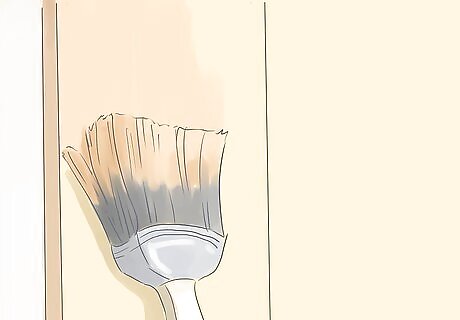
Paint the walls in the room. Stick to the basic colors (it applies to the paint as much as to any item placed in the room). Suitable colors include: White Tan/light tan Browns Oranges Reds.
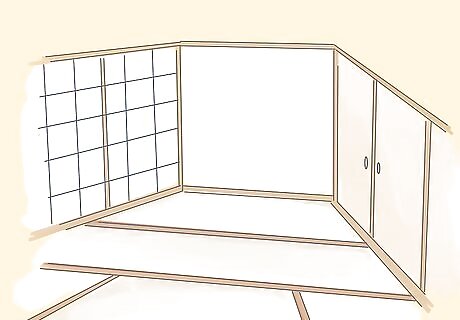
Keep the colors muted. Calm colors are essential to ensure simplicity and clarity. Do not paint any color that may come across as vibrant or flashy. Keep it simple and pure. Look for online and book images that show Japanese style rooms to get an idea of the color schemes used. If using an image engine, search for the term "Japanese bedrooms" to find inspiration and ideas.
Decorating a Japanese-style bedroom
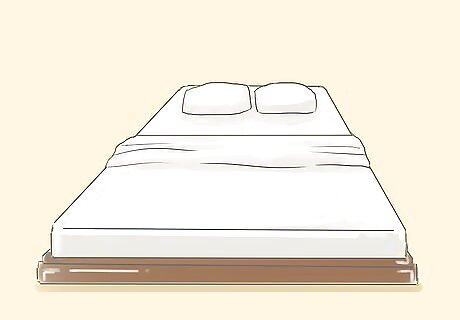
Add a bed. Traditional Japanese beds are usually low to the ground. Some are even in or on the ground. Beds are commonly set in the middle of the room, or the middle of the wall.

Choose suitable bed linen. When you're picking out your blankets, sheets and duvet covers, remember to choose only calming colors. White is the most commonly used, but tans and oranges (and even calm greens) are a nice touch.

Use futons. Futons (which are on the floor) always have that Japanese-y feel. Be aware that they can be a pain to clean though.
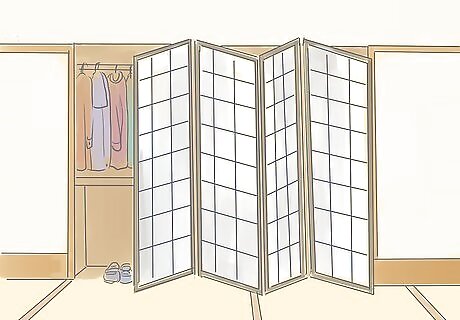
Keep the closet space Japanese style. Do you have a closet? You can put a shoji screen over it. This will cover the clutter, keeping it simple, and also looking beautiful.
More Japanese-style ideas
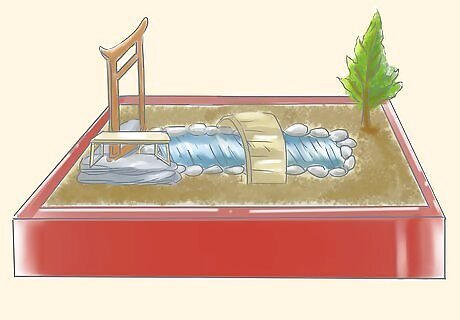
Add decorative elements to the room. This is the fun part! Decoration is your way of expressing yourself and using the Japanese style is a beautiful opportunity to find interesting and calming pieces.
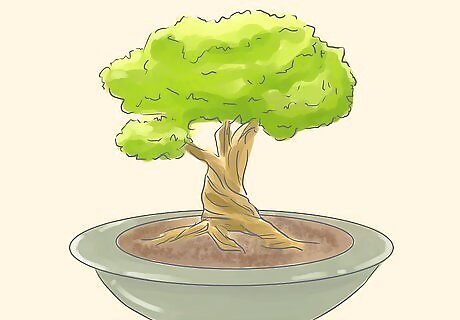
Add some living specimens. Simple plants; whether small or large, thick or thin, a few plants are a traditional part of decorating a Japanese-style room.

Spruce up the minimal coloring here and there. Hints of vibrant colors are beautiful and stand out against the calm colors used throughout the room. The only rule is to use these splashes of brighter color wisely. Consider a bright flower, colorful painting, candles, colorful lights (for example, fairy lights), etc. Remember that black is not a bad color, when used in moderation.
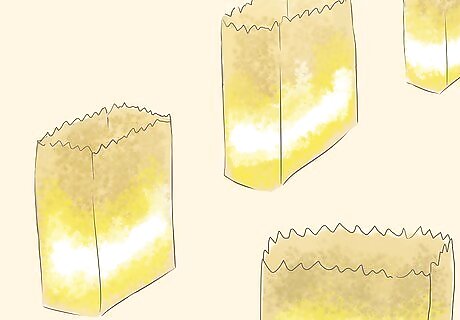
Add lighting. For lighting, consider candles, lanterns, or a lamp. Don't overwhelm the room with these objects though. Decide where you want to put them, and how to get the best light using as few items as possible.
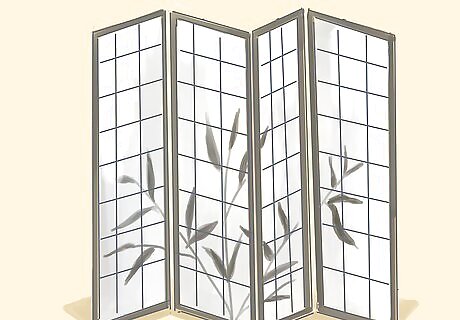
Include a screen or two. Shoji screens are very common and make a beautiful addition to any room. Put them on your windows or sliding doors, or even have them as a room divider. Add some Japanese writing (Kanji, hiragana, katakana) for a cute touch.

Decide on either a desk or dresser in the one room. You can't have both and keep it simple at the same time.

Don't be afraid to add your own things. It is, after all, your room. Just because it's minimalist doesn't mean there's no room for any decoration!



















Comments
0 comment